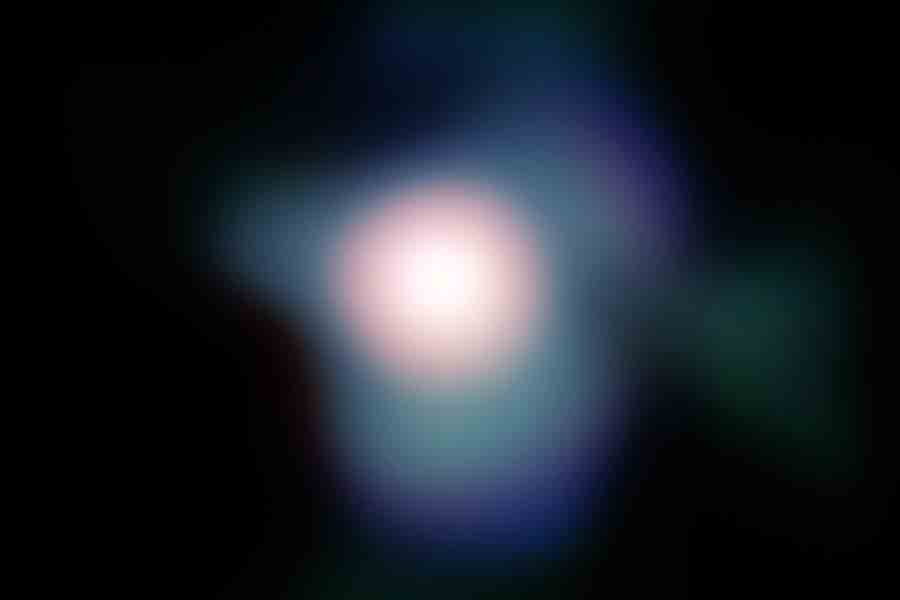1. Betelgeuse resolved
The sharpest image ever of Betelgeuse shows a mammoth star that is slowly evaporating. A recent image from the Very Large Telescope in Chile resolves not only the face of Betelgeuse, but a large and previously unknown plume of surrounding gas. This plume gives fresh indications of how the massive star is shedding mass as it nears the end of its life. Conversely, a series of previous observations indicate that the surface of Betelgeuse has noticeably shrunk, on the average, over the past decade. If Betelgeuse, a red supergiant star about 640 light years distant, were placed at the center of our Solar System, the plume would extend past the orbit of Jupiter. Since Betelgeuse is known to change its brightness irregularly, future observations may determine if changes its appearance irregularly as well. Betelgeuse is a candidate to undergo a spectacular supernova explosion almost anytime in the next few thousand years.
Source ‘Astronomy Picture of the day – 05 August
2. The Astronomical Unit Grows
Thanks to radar pings of asteroids and the trajectories of interplanetary spacecraft, the length of the astronomical unit – the mean Earth-Sun distance, measured centre to centre – is known to extreme accuracy. The current value stands at 149,597,870.696 km with an uncertainty value of 0.1 metre’s (4 inches).
The more precisely you measure anything, the more it tells you about everything. With that level of accuracy, dynamicists have found that Earth is creeping away from the sun at a rate of 15 cm (6 inches) peer year. But what could be pushing Earth outward, if ever so gently?
Sky & Telescope September 2009.
3. The most distant object in the universe
The most distant object in the universe was recently discovered on 23rd April this year – a gamma ray burst. Observations showed that it is an exploding star dubbed GRB 090423 and took place when the cosmos was only 625 million years old. The discovery of this extraordinary event pushes our view of the universe earlier by 155 million years, bringing us ever close to the first generation of stars and galaxies.
The discovery extends our reach into the universe’s past and brings us increasingly closer to the era of the first stars. Astronomers theorize that the ultimate horizon is another 200 to 400 million years earlier than the amazing GRB 090423.
The writer of this article and the man who led the discovery team, Professor Edo Berger at Harvard University goes on to say that he is confident that with a lot of hard work, and some luck, we will pinpoint the very first stars in the universe in the next year or so.
Sky & Telescope September 2009.

